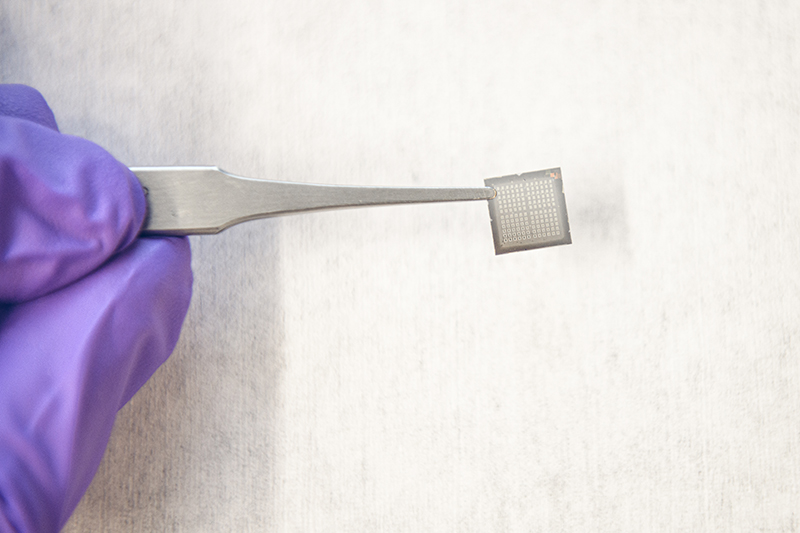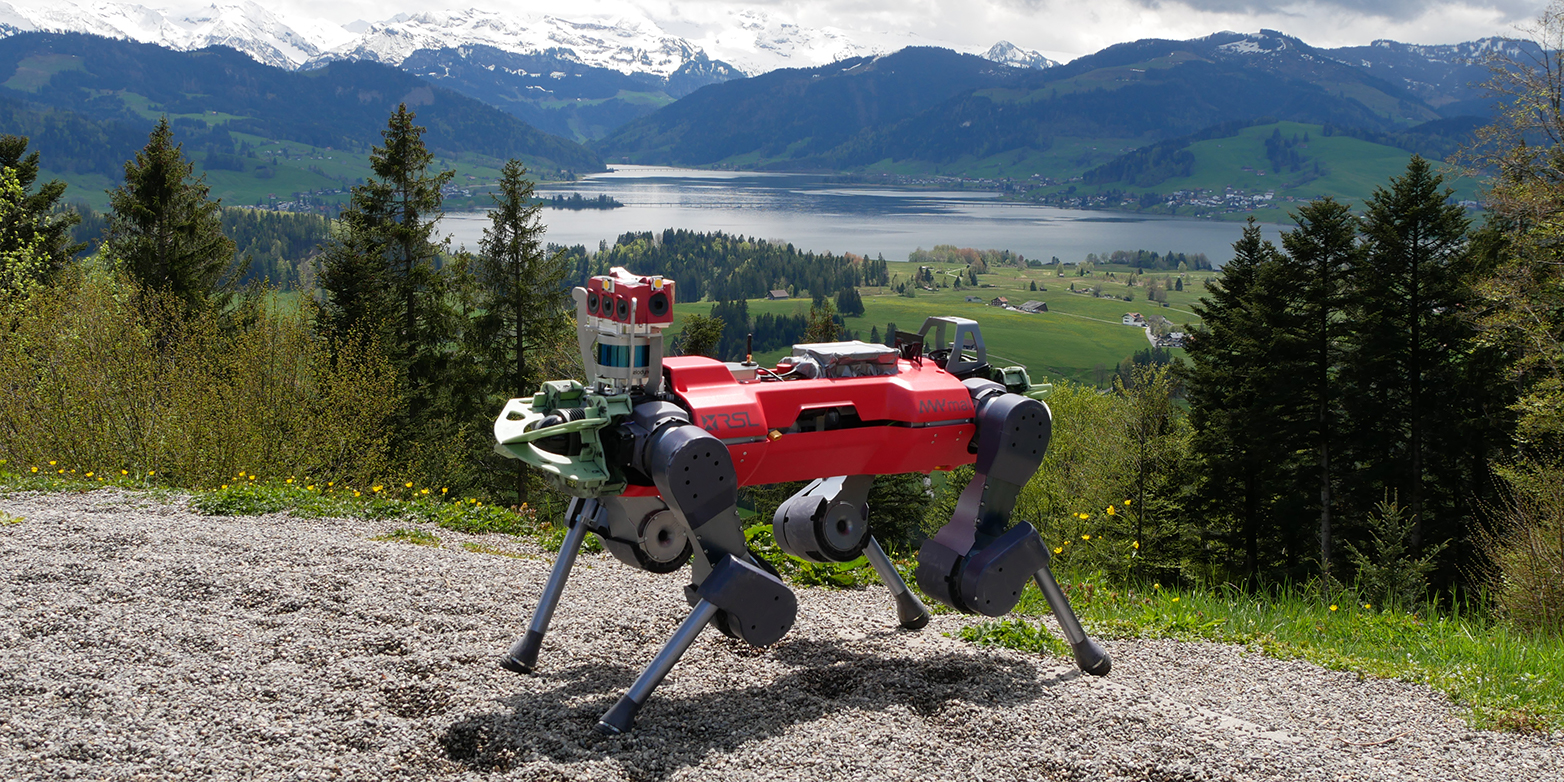(The brain’s secret to lifelong learning can now come as hardware for artificial intelligence)
2022-02-03 アメリカ合衆国・パデュー大学

・ パデュー大学、サンタクララ大学とポートランド大学による研究チームが、電子回路による人間の脳のような継続的な学習を可能する、人工知能プラットフォームを開発。
・ コンピューターチップ回路は、人間の脳のようにニューロン(神経細胞)間の新しい接合を形成しながら継続的に学習する機能を持たない。このことは、孤立した環境で独自の判断を下す必要のある自動運転車や宇宙で働くロボットに向けた AI のポータブル化の障壁となる。
・ AI をハードウェアに直接統合できれば、機械はより効率的に作動できるようになる。脳型コンピューターや機械の開発では、プログラムや再プログラムを継続的に実行してチップを変化させる機能が不可欠となる。
・ 電気パルスによりオンデマンドで機能を再構築するハードウェアとして、水素に極めて高感度のペロブスカイトニッケル酸塩による小型・長方形のデバイスを作製。
・ 同デバイスに異なる電圧の電気パルスを加え、ナノ秒単位で水素イオンの濃度を変化させることで、ニューロン、シナプスやメモリキャパシタの脳機能のような状態が作り出せることを確認した。
・ 例えば、デバイスの中央付近に水素が多くある場合には 1 個のニューロンとして、水素が少ない場合にはシナプスとしてそれぞれ機能する。
・ メモリキャパシタの実験データによるリザバーコンピューティングフレームワークでのシミュレーション結果では、同デバイスの内部の働きが人工ニューラルネットワーク(NN)の動的な構造を構築し、静的ネットワークに比べて心電図のパターンや数字をより効率的に認識できることを確認した。
・ また、この動的 NN は、新しい問題に対処するために最適な回路を選択することも確認。室温下で作動し、標準的な半導体製造技術で作製できる。
・ 本研究は、米国エネルギー省(DOE)、米国空軍科学研究局(AFOSR)および米国立科学財団(NSF)が支援した。
URL: https://www.purdue.edu/newsroom/releases/2022/Q1/the-brains-secret-to-lifelonglearning-can-now-come-as-hardware-for-artificial-intellig-ence.html
<NEDO海外技術情報より>
(関連情報)
Science 掲載論文(アブストラクトのみ:全文は有料)
Reconfigurable perovskite nickelate electronics for artificial intelligence
URL: https://www.science.org/doi/10.1126/science.abj7943



